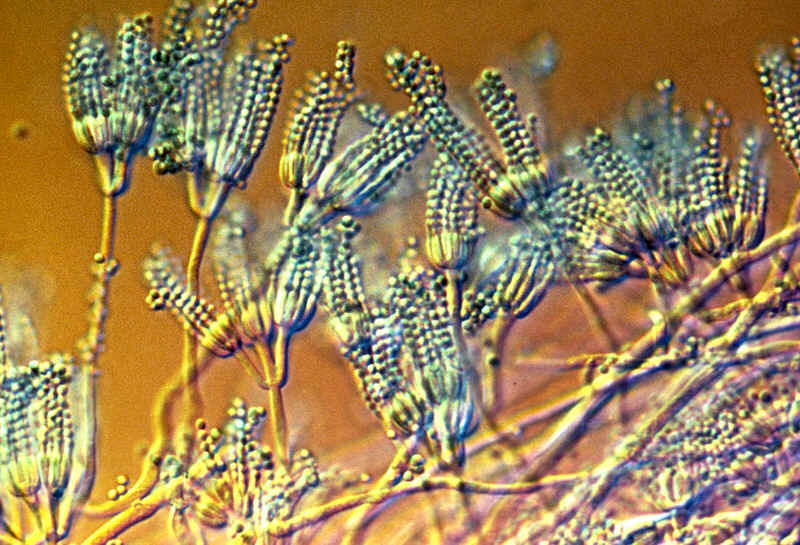
Fungi is a potential goldmine for the production of pharmaceuticals. This is shown by Chalmers researchers, who have developed a method for finding new antibiotics from nature’s own resources. The findings could prove very useful in the battle against antibiotic resistance.
?Antibiotics have saved millions of lives since they were discovered in the 1940s. But recently we’ve had to learn a new term; antibiotic resistance. More and more bacteria are developing their own protection against antibiotics, thereby becoming resistant to treatment. This will lead to simple infections getting lethal once again, and our need for new antibiotics is urgent.
The first antibiotic being mass-produced was penicillin, derived from the Penicillium fungi. Looking for new antibiotics, Chalmers researchers sequenced the genomes of nine different types of Penicillium species. And the findings are amazing:
We found that the fungi has an enormous, previously untapped, potential for production of new antibiotics and other bio-active compounds, such as cancer medicines, says Jens Christian Nielsen, a PhD student at the Department of Biology and Biological Engineering.
In the study, recently published in the journal Nature Microbiology, the research group scanned the genomes of 24 different kinds of fungi to find genes responsible for the production of different bio-active compounds, like antibiotics. More than 1000 pathways were discovered, showing an immense potential for fungi to produce a large variety of natural and bio-active chemicals that could be used as pharmaceuticals.
In about 90 cases, the researchers were able to predict the chemical products of the pathways. As an evidence of this, they followed production of the antibiotic yanuthone, and identified a new version of the drug produced by species not previously known to produce it.
All in all, the study show a vast potential for fungi, not only in producing new antibiotics but also in enabling a more efficient production of old ones – and maybe also more effective versions of the older ones.
It’s important to find new antibiotics in order to give physicians a broad palette of antibiotics, old as well as new, to use in treatment. This will make it harder for bacteria to develop resistance, Jens Christian Nielsen explains.
Previous efforts on finding new antibiotics have mainly focused on bacteria. Fungi have been hard to study – we know very little of what they can do – but we do know that they develop bioactive substances naturally, as a way to protect themselves and survive in a competitive environment. This made it logical to apply our tools in research on fungi.
Researchers now have different paths to follow. One way of moving forward would be to further look at production of the new yanuthone compound. The Chalmers researchers have also constructed a map making it possible to compare hundreds of genes in the continuous evaluation of bioactive products with potent drugs in sight.
How long it would take to get new antibiotics on the market is impossible to say.
The governments need to act. The pharmaceutical industry don’t want to spend money on new antibiotics, it’s not lucrative. This is why our leaders have to step in and, for instance, support clinical studies. Their support would make it easier to reach the market, especially for smaller companies. This could fuel production, Jens Christian Nielsen says.
Learn more: Fungi a source for future antibiotics
[osd_subscribe categories=’antibiotics’ placeholder=’Email Address’ button_text=’Subscribe Now for any new posts on the topic “ANTIBIOTICS’]
The Latest on: New antibiotics
[google_news title=”” keyword=”new antibiotics” num_posts=”5″ blurb_length=”0″ show_thumb=”left”]- Feed has no items.
via Google News and Bing News










